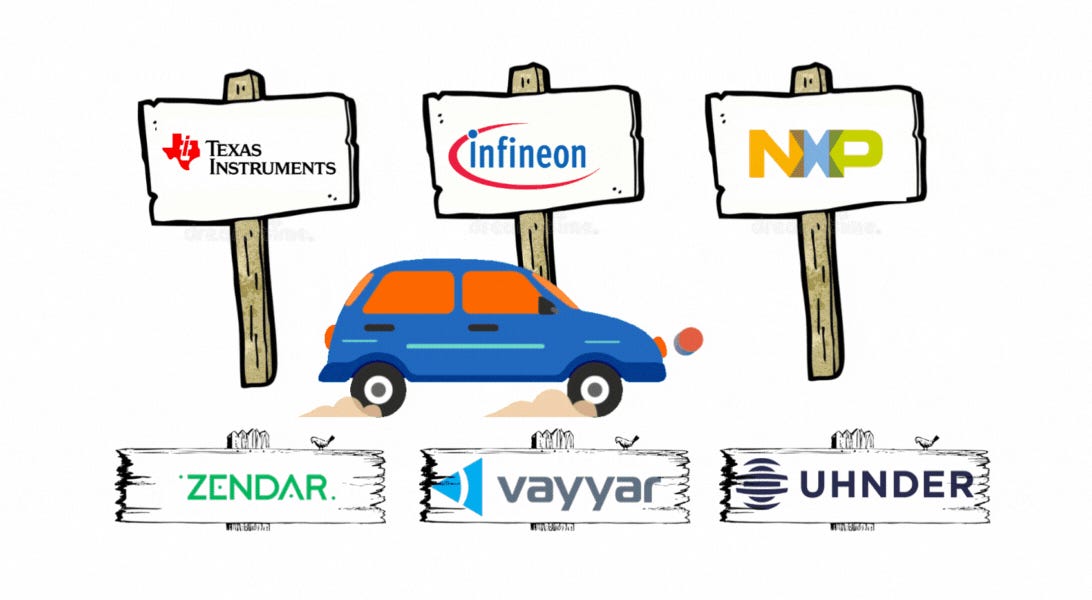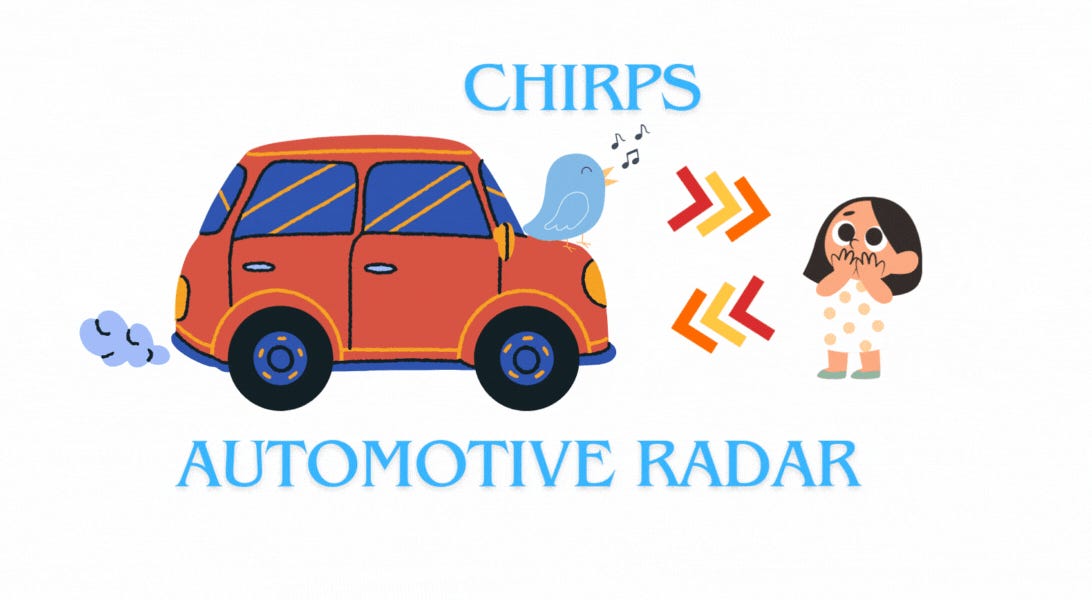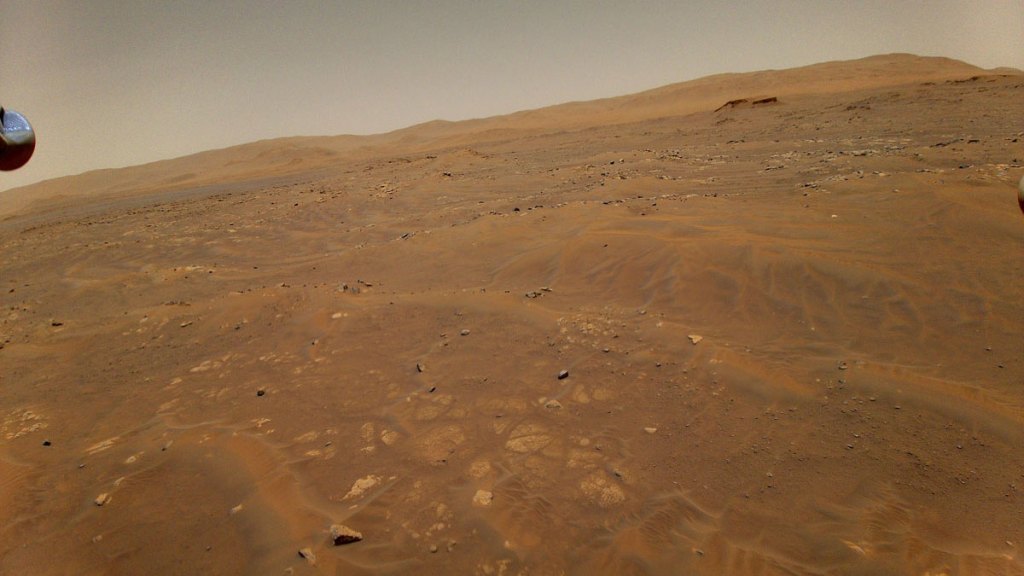
Radar technology in vehicles has evolved from the early days of basic bulky sensors to the advanced 4D imaging radar and sensor fusion of today. Learn how the underlying technology is opening new capabilities.

Radar technology in vehicles has evolved from the early days of basic bulky sensors to the advanced 4D imaging radar and sensor fusion of today. Learn how the underlying technology is opening new capabilities.

Digital radar, satellite configurations, distributed apertures and all range radar.

Understanding the engineering behind how your car can see, adapt and save your life.

The fundamentals of planning and decision-making

How to design the perfect chirp signal for distance and velocity measurement.

Over the past decade, advancements in deep learning and artificial intelligence have driven significant strides in self-driving vehicle technology. These technologies have revolutionized computer vision, robotics, and natural language processing and played a pivotal role in the autonomous driving revolution. From basic driver assistance to fully autonomous vehicles(AVs) capable of navigating without human intervention, the progression is evident through the SAE Levels of vehicle automation. Despite most scenarios being solvable with traditional methods, unresolved corner cases highlight the necessity for AI-driven solutions. With sensors enabling perception and communication technologies like 5G aiding extended perception, AVs promise safer, more efficient transportation,

Decentralizing freight transport and distribution can provide flexibility and increased efficiency, getting cargo closer to where it needs to go in a more timely manner while taking stress off of overloaded ports.

On the 91st Martian day, or sol, of NASA’s Mars 2020 Perseverance rover mission, the Ingenuity Mars Helicopter performed its sixth flight. The flight was designed to expand the flight envelope and demonstrate aerial-imaging capabilities by taking stereo images of a region of interest to the west. Ingenuity was commanded to climb to an altitude of 33 feet (10 meters) before translating 492 feet (150 meters) to the southwest at a ground speed of 9 mph (4 meters per second). At that point, it was to translate 49 feet (15 meters) to the south while taking images toward the west, then fly another 164 feet (50 meters) northeast and land.

You can SSH into self-driving robots using a reverse SSH tunnel, but this method only scales so far, and it requires more than 50 steps to set up.

Autonomous driving is the task of driving a vehicle without human conduction. Many of the state-of-the-art results can be found at more general task pages such as [3D Object Detection](https://paperswithcode.com/task/3d-object-detection) and [Semantic Segmentation](https://paperswithcode.com/task/semantic-segmentation). (Image credit: [Exploring the Limitations of Behavior Cloning for Autonomous Driving](https://arxiv.org/pdf/1904.08980v1.pdf))
Scenarios, tutorials and demos for Autonomous Driving - microsoft/AutonomousDrivingCookbook